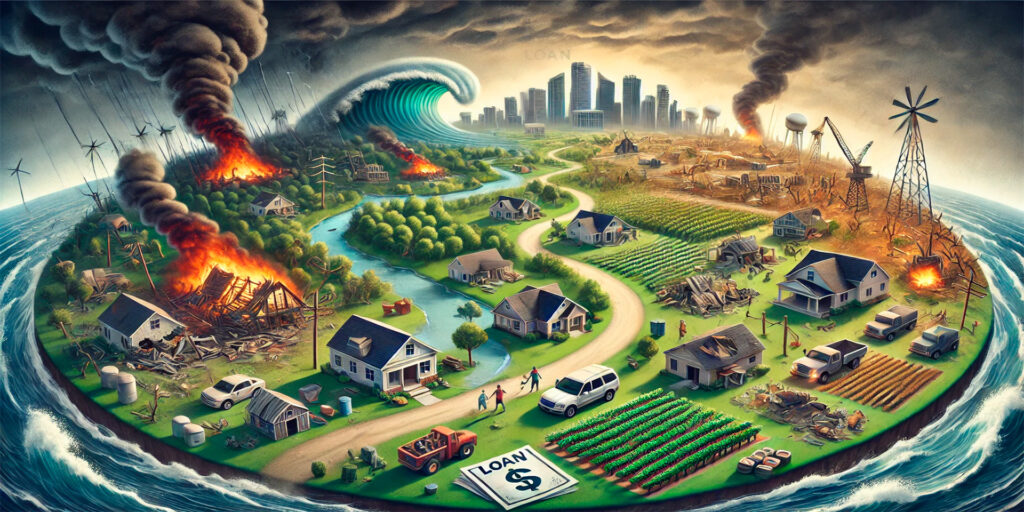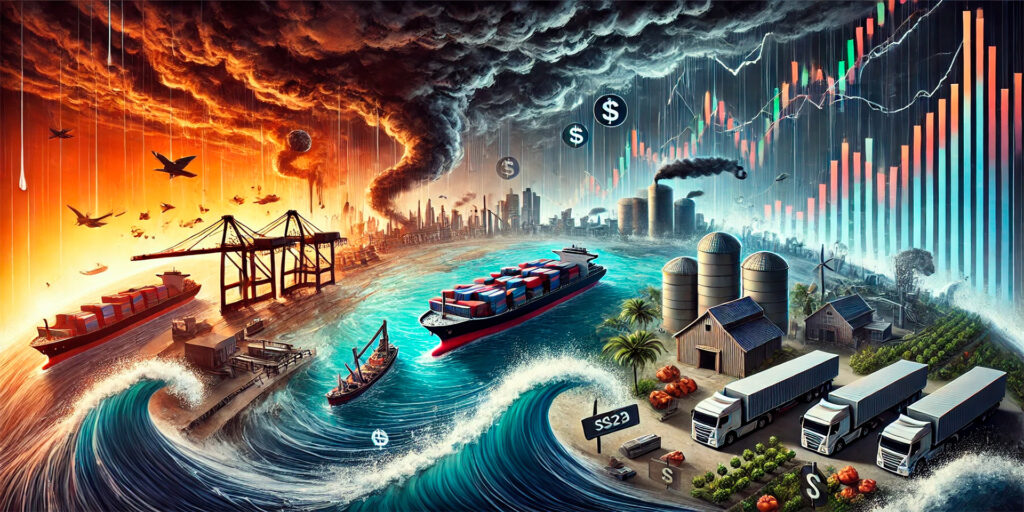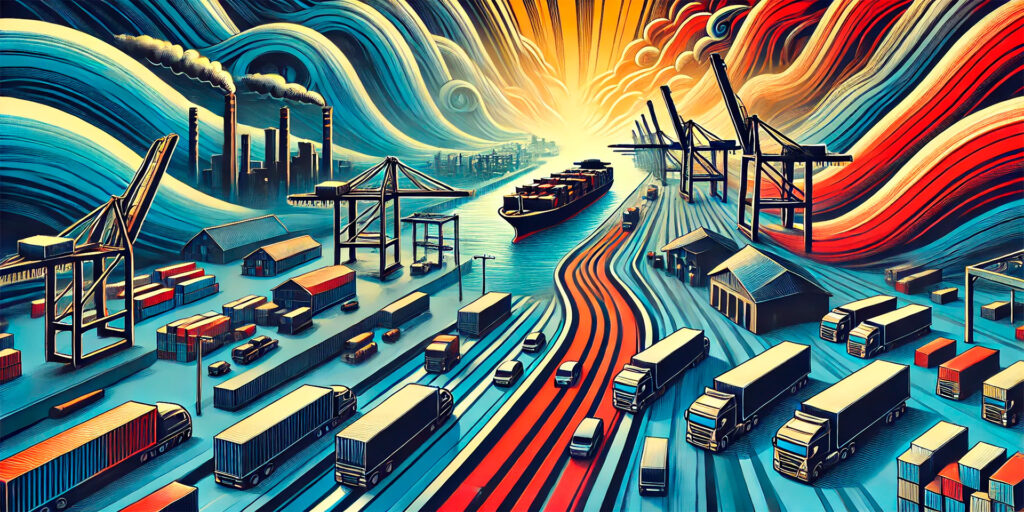Recovering from Natural Disasters: The Role of Loans in Rebuilding
When weather disasters strike, the financial impact on individuals and businesses can be devastating. From hurricanes and floods to wildfires and droughts, extreme weather events can cause significant damage to homes, infrastructure, and agricultural production. In the aftermath of these disasters, recovery often requires substantial financial resources that many are not prepared for. This is where loans become essential tools for recovery, providing the funds needed to rebuild, restore, and continue operations.



